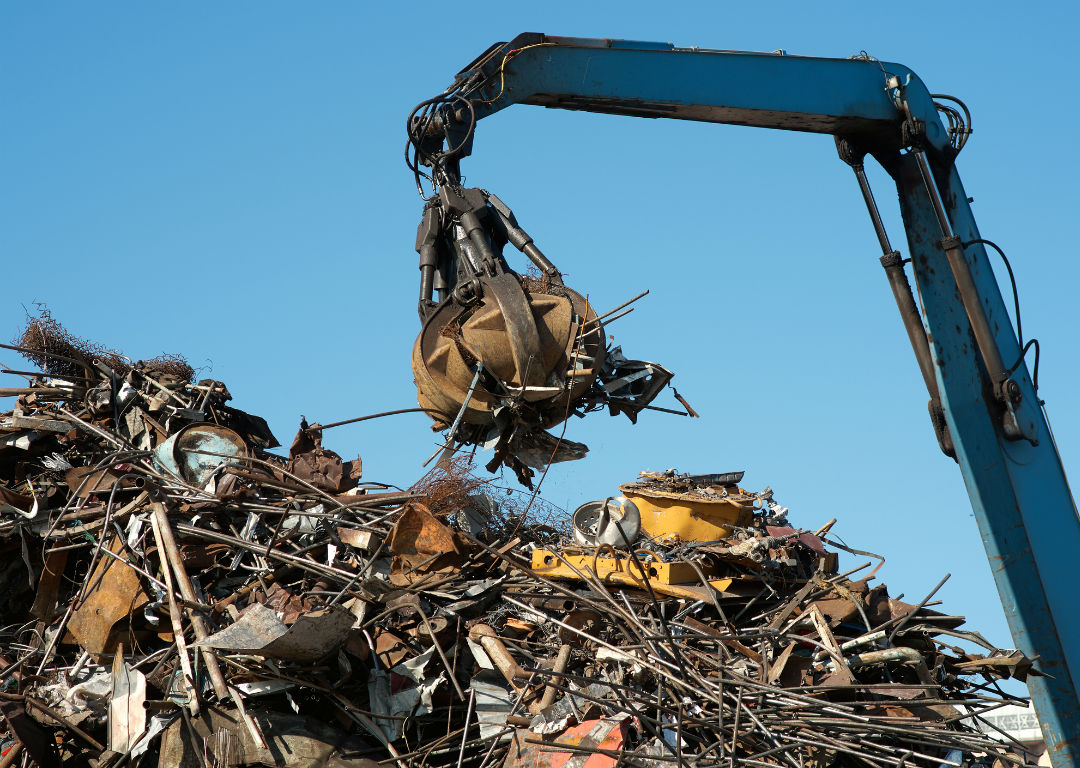

OCT 05, 2022
The facilities at RCM Recycling have been designed to make it easy for you to recycle your scrap metal. Metal recycling is a high-revenue industry that has never been more popular. There are several different things that a scrap metal recycling facility can do with scrap metal recycling. Here are some of the most common processes that you can expect to occur after you take your items to a scrap yard. The scrap is sorted and segregated at each step for later melting or smelting into ingots. At our scrap metal company, certain metals — brass, copper, and aluminum — are anodized to prevent further corrosion. Whatever the end use of the scrap metal is, the recyclers must ensure that it can be safely heated to high temperatures to deliver consistent results.
The first step in the recycling process is sorting through all of the scrap metals brought into the yard. This can be done by hand or with a machine. The machine depends on the amount of scrap metals sorted through. After sorting, they are weighed so RCM Recycling can charge customers based on their weight and volume.
Smelting is where scrap metals are melted down into liquid form so that they can be reused as raw materials for new products. Smelting occurs at extremely high temperatures and involves burning off any impurities in the metal before it can be reused. Most metals cannot be smelted because they would melt under these conditions, but some types of steel can withstand these extreme temperatures without melting down completely.
The process of recycling scrap metal is simple. The first step is collecting the scrap metal. After that, it is taken to a scrap yard, sorted, and weighed. Once the weight and type of metal are determined, it can be sold or melted down into products.
Recycling scrap metal helps cut down on pollution and greenhouse gas emissions. This is because when you recycle old products instead of throwing them away, they don’t have to be created from scratch again. Instead, they are melted down and reformed into new products that can be used instead of mining for new resources. This cuts down on pollution caused by mining activities and lessens the energy needed to create new products.
After the metal is sorted by type, it will be transported to an ingot creation facility, which will be melted down into uniform blocks known as ingots. Ingots are useful because they can be easily transported and sold in large quantities. Ingots can also be broken down into smaller pieces called billets that are used for specific types of manufacturing, like steel mills or aluminum plants. For example, automotive parts manufacturers rely on billet supplies from specialty steel mills to produce their products quickly and efficiently.
Metal recycling is a cost-effective and environmentally friendly way to reuse metals that would otherwise be discarded. Recycling scrap metal saves energy, preserves natural resources, and reduces the amount of waste going to landfills. Steel, copper, aluminum, and other alloys are melted at high temperatures to produce new products. The process is called remelting because it involves reusing the same material rather than creating an entirely new product from raw materials.
Many people think that they will never see them again when they drop off their old appliances or other items made from metals such as copper, aluminum, or steel at their local recycling center or scrap yard. But they are wrong!
Metal recycling is good for the environment because it reduces energy use and greenhouse gas emissions compared to mining new metals from the earth. For example, if you recycle just one aluminum beverage can instead of buying another one brand new from the store, you have saved enough energy to light an LED light bulb for twenty minutes or run your TV for three hours! That’s pretty impressive!
Scrap metal recycling is used to create new products, such as new copper wiring for buildings and homes. Some used metal can also be remelted into ingots to make new metal products. Scrap metal generally comes from various sectors, such as manufacturing, home appliances, consumer goods, and construction waste sites. Each scrap metal sector has different uses in the production process because each material reacts differently when melted down.